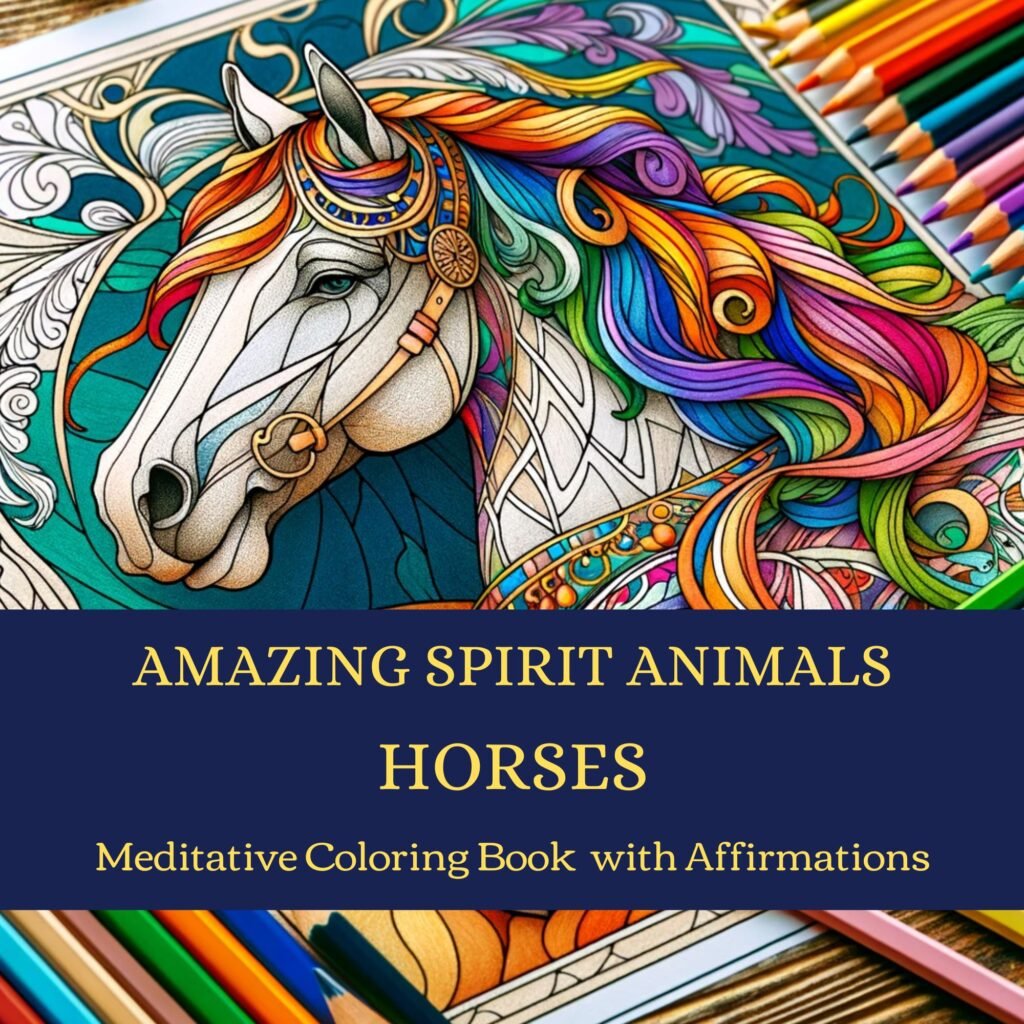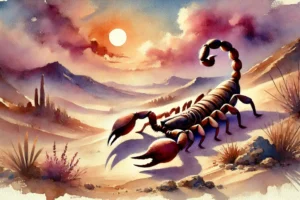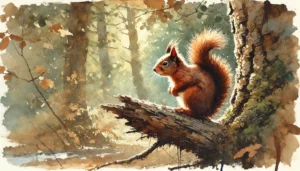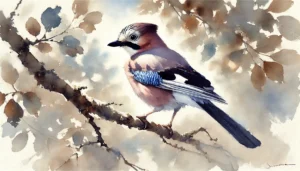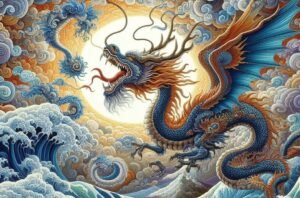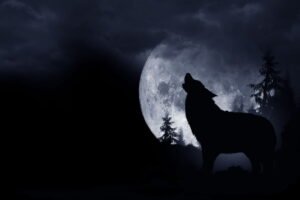Horses have been revered across the world for millennia, not just as beasts of burden but as powerful symbols of freedom, strength, and nobility. Their significance is as vast as the plains they once roamed freely, and their impact is woven into the fabric of many societies’ folklore, mythology, and even historical events.
Horses in Ancient Civilizations
-
Egypt: In ancient Egypt, horses were associated with royalty and nobility, introduced around 1600 BCE with the Hyksos invasion. Chariots drawn by horses became symbols of power and were used in warfare, hunting, and ceremonial processions. Horses were such prestigious animals that they were often buried with their owners.
-
Mesopotamia: The civilizations of Mesopotamia, including the Sumerians, Akkadians, Assyrians, and Babylonians, valued horses for their military significance. They were seen as instruments of war, pulling chariots and carrying cavalry. Horses were also symbols of prestige and status in these societies.
-
China: Horses in ancient China were revered animals, associated with the mythical dragon and believed to be creatures of the heavens. They played a central role in military conquests and were integral to the expansion of the Chinese empire. The horse was one of the twelve animals in the Chinese zodiac, symbolizing speed, power, and perseverance.
-
Indus Valley Civilization: While not as prominently featured as in other ancient cultures, horses in the Indus Valley Civilization were likely used for transportation and agricultural purposes. There’s some debate among historians about the extent and significance of horse presence in this civilization.
Meditative Coloring Book
Discover the serene world of “Amazing Spirit Animals: Horses,” a meditative coloring book I crafted to help you connect with the graceful spirit of horses.
As you bring each page to life with colors, you’ll immerse yourself in the strength and freedom horses symbolize.
This coloring journey is enriched with affirmations, blending artistic relaxation with a path to mindfulness and self-discovery. Whether you’re a horse lover or seeking a peaceful creative outlet, this book is a perfect choice.
Mythology and Horses
-
Greek Mythology: Horses were highly esteemed in Greek mythology. The winged horse Pegasus is one of the most famous mythological horses, born from the blood of Medusa and symbolizing inspiration and creativity. Poseidon, the god of the sea, was also the creator of horses, gifting them to humanity.
-
Norse Mythology: In Norse myths, horses held a vital place. Sleipnir, an eight-legged horse ridden by Odin, was the swiftest horse and could travel to the underworld. Horses were also associated with the sun and the idea of renewal, as horses pulled the chariot of the sun across the sky.
-
Hindu Mythology: Horses are symbols of speed, power, and moral excellence in Hindu mythology. The Ashvamedha was a royal horse sacrifice that symbolized the king’s dominion over the land. Uchchaihshravas, the king of horses, emerged from the churning of the ocean of milk, symbolizing prosperity and wisdom.
-
Celtic Mythology: Horses were revered in Celtic mythology as well, symbolizing fertility, sovereignty, and the connection between the earthly and spiritual worlds. Epona, the horse goddess, was worshipped throughout the Celtic and Roman worlds, embodying protection, guidance, and prosperity.

Horses in the bible
Horses in the Bible are mentioned frequently, reflecting their importance in ancient Near Eastern cultures, including those of the Israelites. These mentions often highlight the horse’s role in warfare, its symbolic significance, and its representation of power and majesty.
Symbol of Military Power and Wealth
-
Warfare: Horses were primarily associated with war and chariots. Many biblical references to horses are in the context of military conflicts, illustrating their role as essential assets in battles. For instance, the Egyptians and other enemies of Israel are often described as having numerous chariots and horses, symbolizing formidable military strength (Exodus 14:9).
-
Wealth and Status: Owning horses was also a sign of wealth and high social status. Kings and nobles were the primary owners of horses, as they were expensive to maintain and required specialized knowledge to train and care for.
Prophetic and Apocalyptic Imagery
-
Prophetic Symbolism: Horses are used symbolically in prophetic visions to convey messages from God. In Zechariah, horses appear in visions representing different spirits or forces sent throughout the earth (Zechariah 1:8-11; 6:1-8).
-
The Book of Revelation: Perhaps the most famous biblical references to horses are the Four Horsemen of the Apocalypse in Revelation 6:1-8. Each horseman rides a horse of a different color (white, red, black, and pale), symbolizing conquest, war, famine, and death, respectively. These images convey the end times’ trials and tribulations.
The horse in Medieval Europe
In medieval Europe, horses played a central role in society, economy, warfare, and culture, deeply influencing the social fabric and historical trajectory of the period. Their significance was multifaceted, reflecting the horse’s utility in various aspects of medieval life.
The Horse in Warfare
-
Cavalry: The effectiveness of cavalry units in battle made horses vital to medieval warfare. Knights, mounted on horseback, became the epitome of the medieval warrior elite. The development of stirrups, which provided riders with greater stability, enhanced the cavalry’s combat effectiveness, allowing knights to use lances and swords more effectively in battle.
-
Warhorses and Destriers: The most prized horses were the destriers, the warhorses of the knights. These horses were highly trained, strong, and aggressive, suited for the clash and turmoil of battle. They were also symbols of wealth and status due to their rarity and the high cost of training and maintenance.

Economic and Agricultural Roles
-
Agriculture: Horses were used alongside oxen for plowing fields and other agricultural tasks, although oxen were often preferred for heavy work due to their greater strength and endurance. Horses, however, were faster and more versatile, suitable for tasks requiring speed and agility.
-
Transportation and Communication: Horses provided essential means of transportation, carrying people, goods, and messages across the vast distances of medieval Europe. The horse’s role in communication was crucial, with mounted couriers serving as the messengers of their time, facilitating the spread of information between towns, cities, and countries.
Social and Cultural Impact
-
Status Symbols: Ownership of horses was a marker of social status. Nobles and knights owned the finest breeds, while peasants might have access to less prestigious workhorses or none at all. Tournaments and jousts, where knights displayed their skills and bravery on horseback, were popular social events that also served as opportunities for nobles to demonstrate their wealth and status through their horses and armor.
-
Chivalry and Literature: The chivalric culture of the Middle Ages celebrated the relationship between the knight and his horse, with tales of loyalty, bravery, and adventure. Literature of the time, including the Arthurian legends, is replete with stories of knights and their faithful steeds embarking on quests for honor and glory.
Horse Breeds and Types
- Breeds: While the concept of horse breeds as known today was not prevalent in the Middle Ages, horses were classified by their use, such as destriers for war, palfreys for riding, and sumpters or packhorses for carrying loads. The breeding of horses was understood in terms of producing animals suited to specific tasks rather than creating distinct breeds.
Native American Cultures:
- Horses revolutionized Native American life, symbolizing mobility, power, and wealth. They were considered sacred animals, integral to many tribes’ spiritual beliefs and practices. The horse’s spirit was often called upon for guidance, strength, and protection in daily life and in battle.
Meditative Coloring Book
Discover the serene world of “Amazing Spirit Animals: Horses,” a meditative coloring book I crafted to help you connect with the graceful spirit of horses.
As you bring each page to life with colors, you’ll immerse yourself in the strength and freedom horses symbolize.
This coloring journey is enriched with affirmations, blending artistic relaxation with a path to mindfulness and self-discovery. Whether you’re a horse lover or seeking a peaceful creative outlet, this book is a perfect choice.
The Legend of the Horse Nation
One of the most enchanting legends is that of the Horse Nation, which tells of how horses came to be on Earth and their spiritual significance to the people.
The story:
Long ago, before the horse came to the people, life was harder and the lands seemed larger. The Creator saw the struggles of the people and decided to send them a helper. It is said that one day, a magnificent cloud descended to the Earth. From this cloud emerged the Horse Nation, sent by the Creator to aid the people.
The horses were unlike any creature the people had seen before—strong, graceful, and powerful. They had coats that shone like the sun and eyes that reflected the wisdom of the world. The leader of the Horse Nation, a splendid stallion with a coat as black as the night sky, spoke to the people. He said, “We have been sent by the Creator to be your companions. We will carry your burdens, help you travel great distances, and connect you with the spirit of the land.”
The people were amazed and grateful. They learned to care for the horses, and in return, the horses shared their strength, speed, and spirit. The bond between the people and the Horse Nation was sacred, built on mutual respect and love.
The legend says that the horse brought not only physical help but also spiritual lessons. The horse taught the people about the power of freedom, the beauty of journeying with courage, and the strength found in loyalty and friendship.
This legend encapsulates the reverence Native American cultures have for the horse, viewing it not just as a beast of burden but as a cherished spiritual ally. The story is a testament to the horse’s beauty, strength, and the profound impact it has had on human lives, both in the physical realm and in the spiritual journey.
Interested in horses as spirit animals?
You can follow these links if you are interested in horses:


